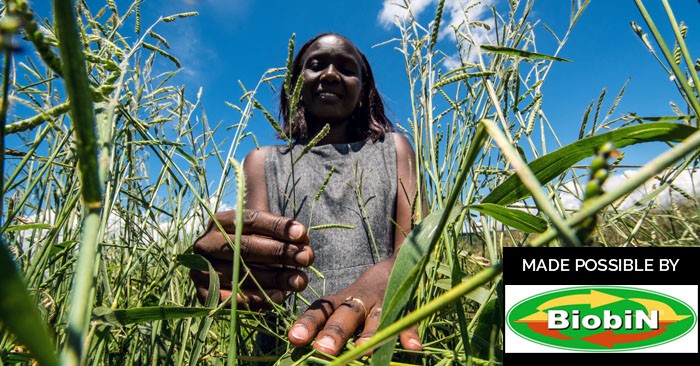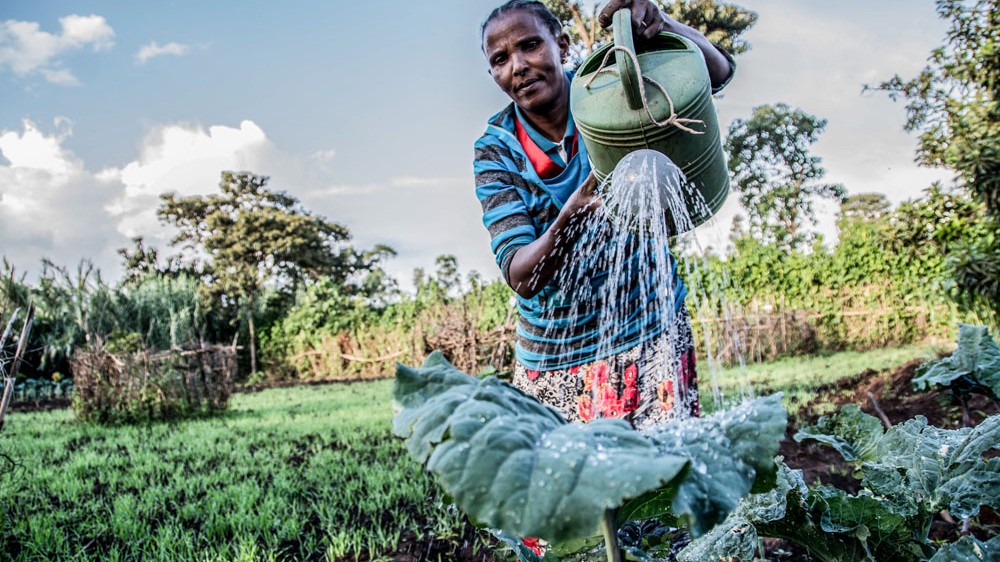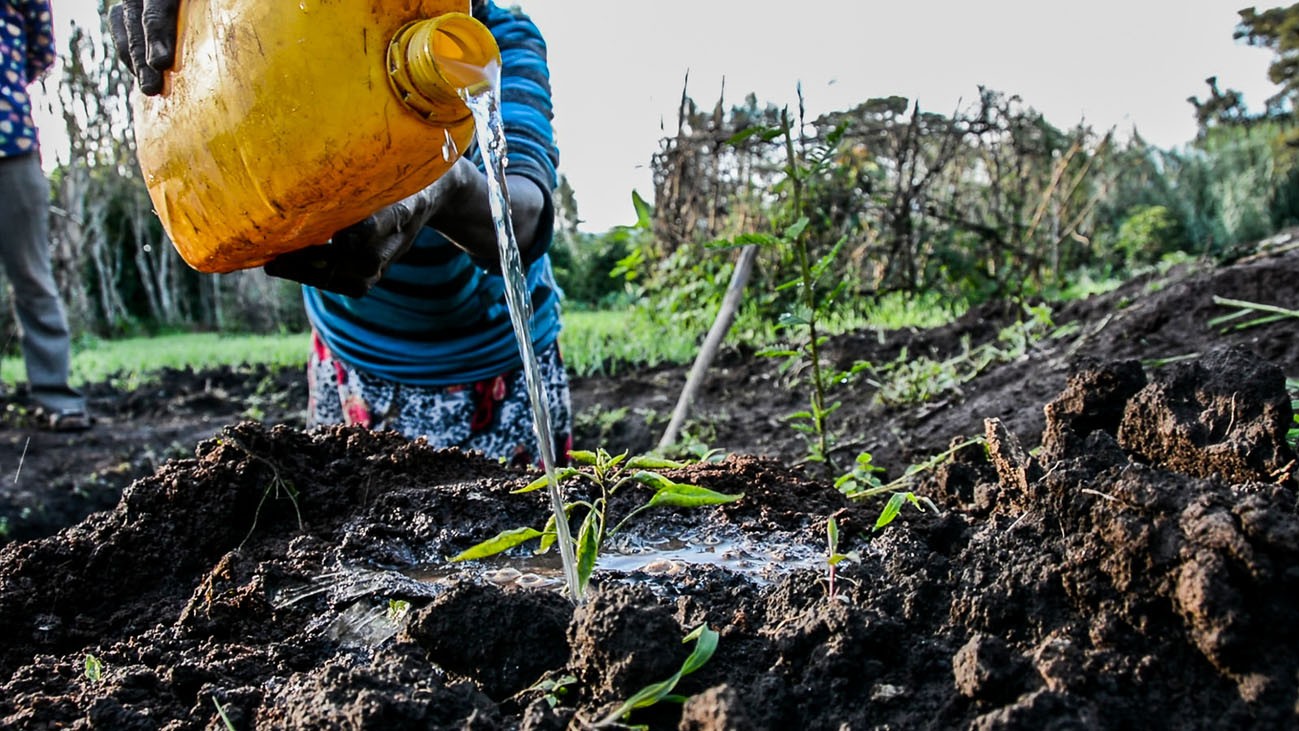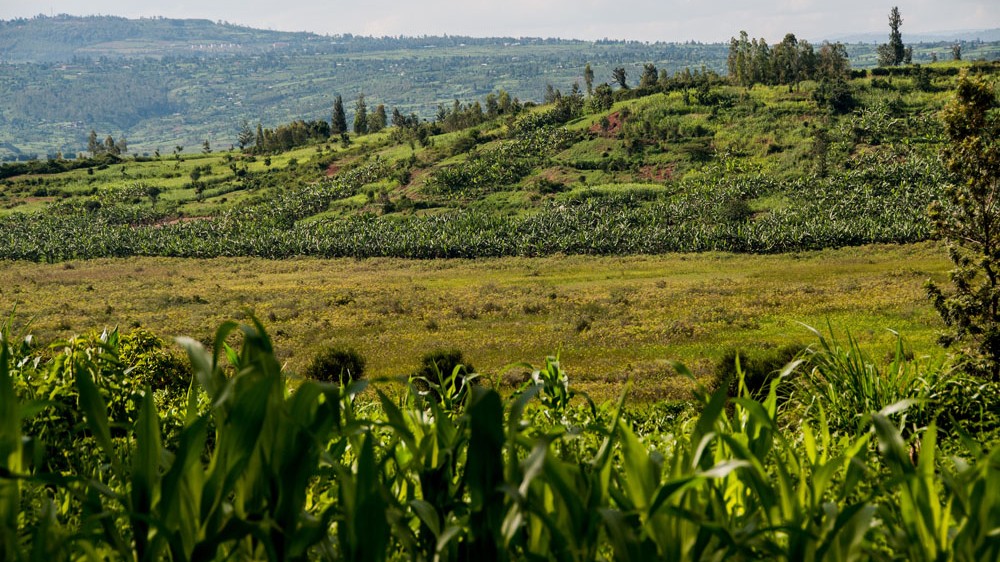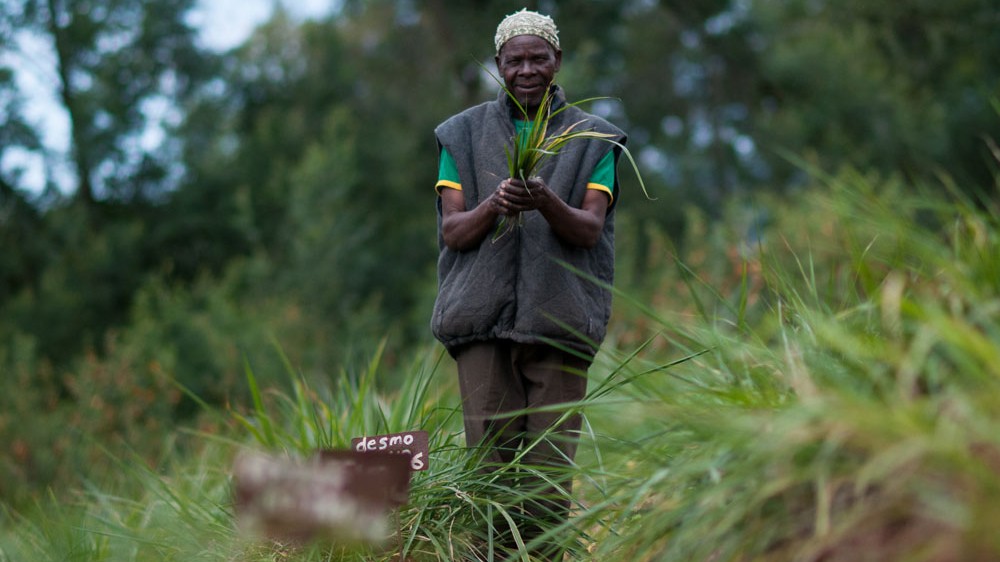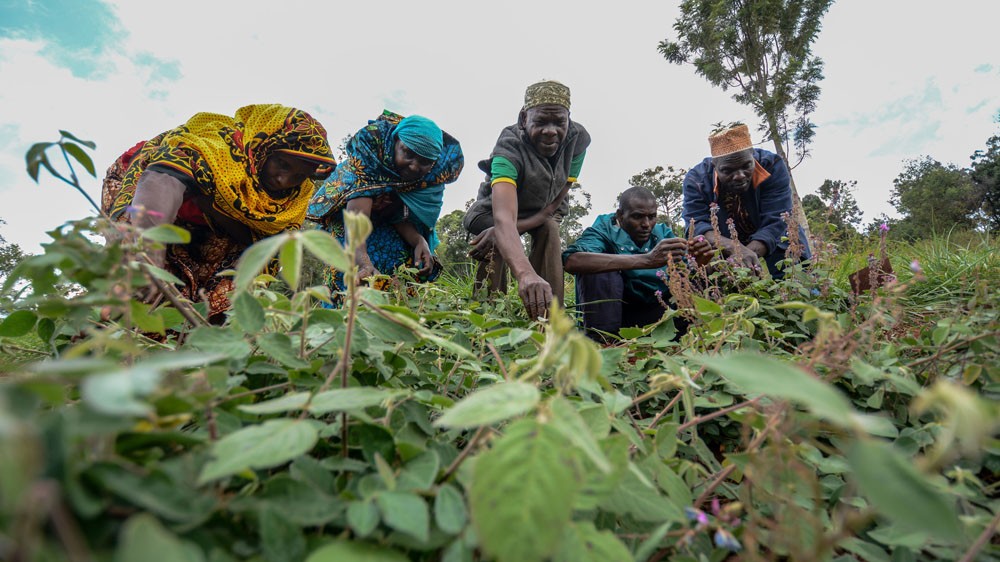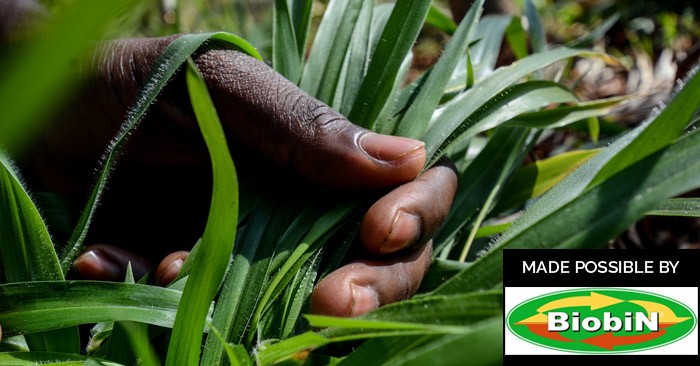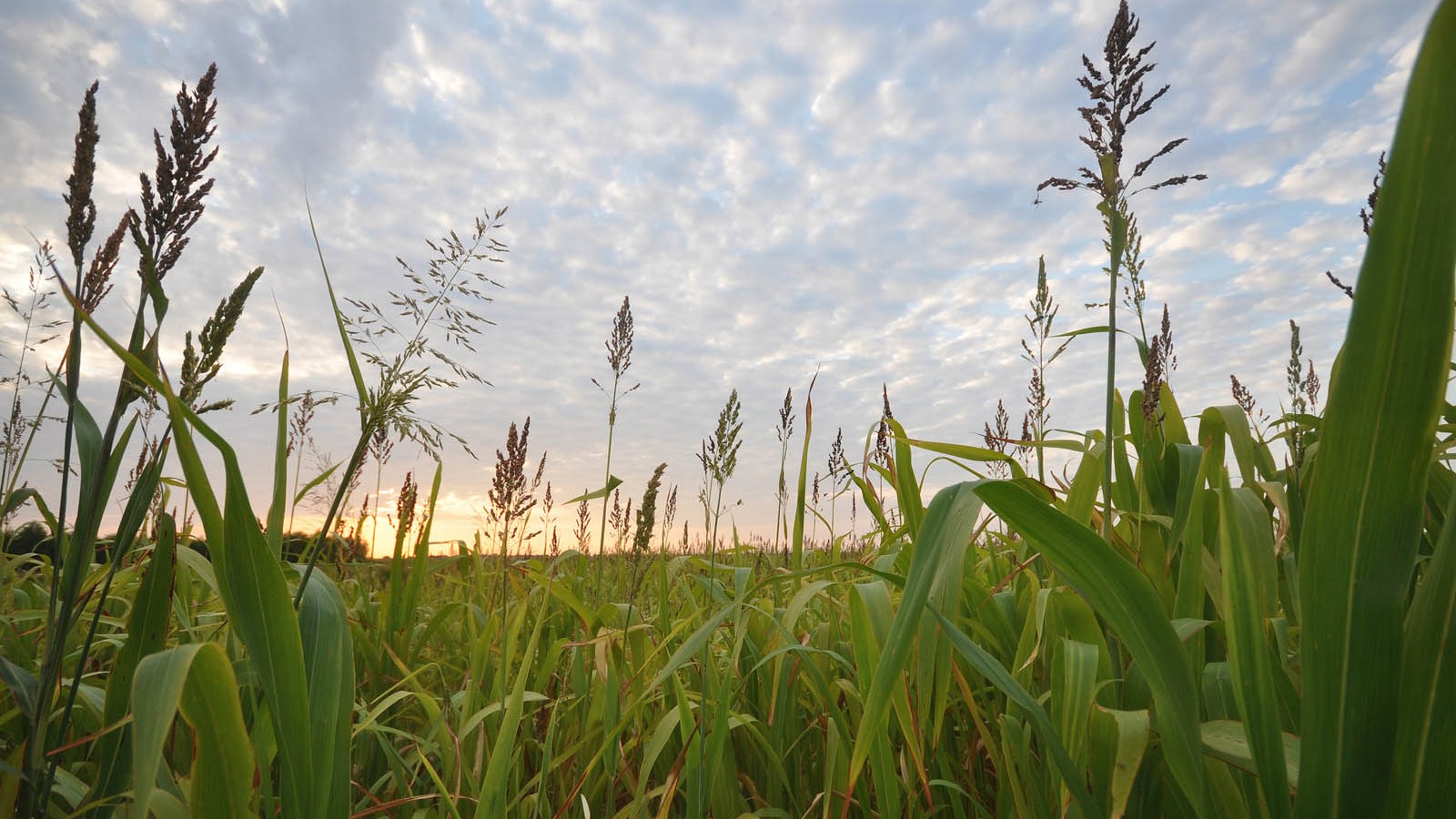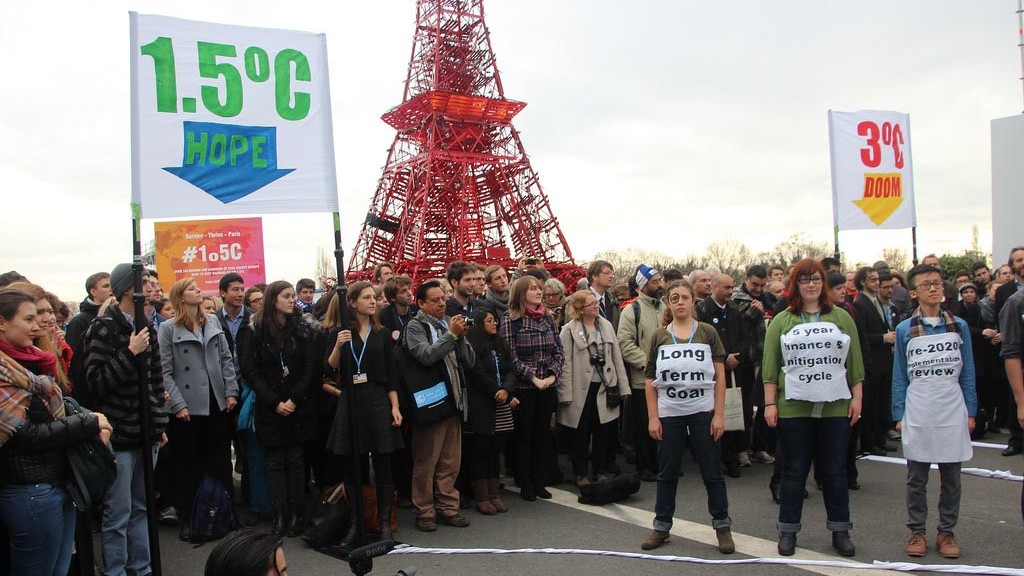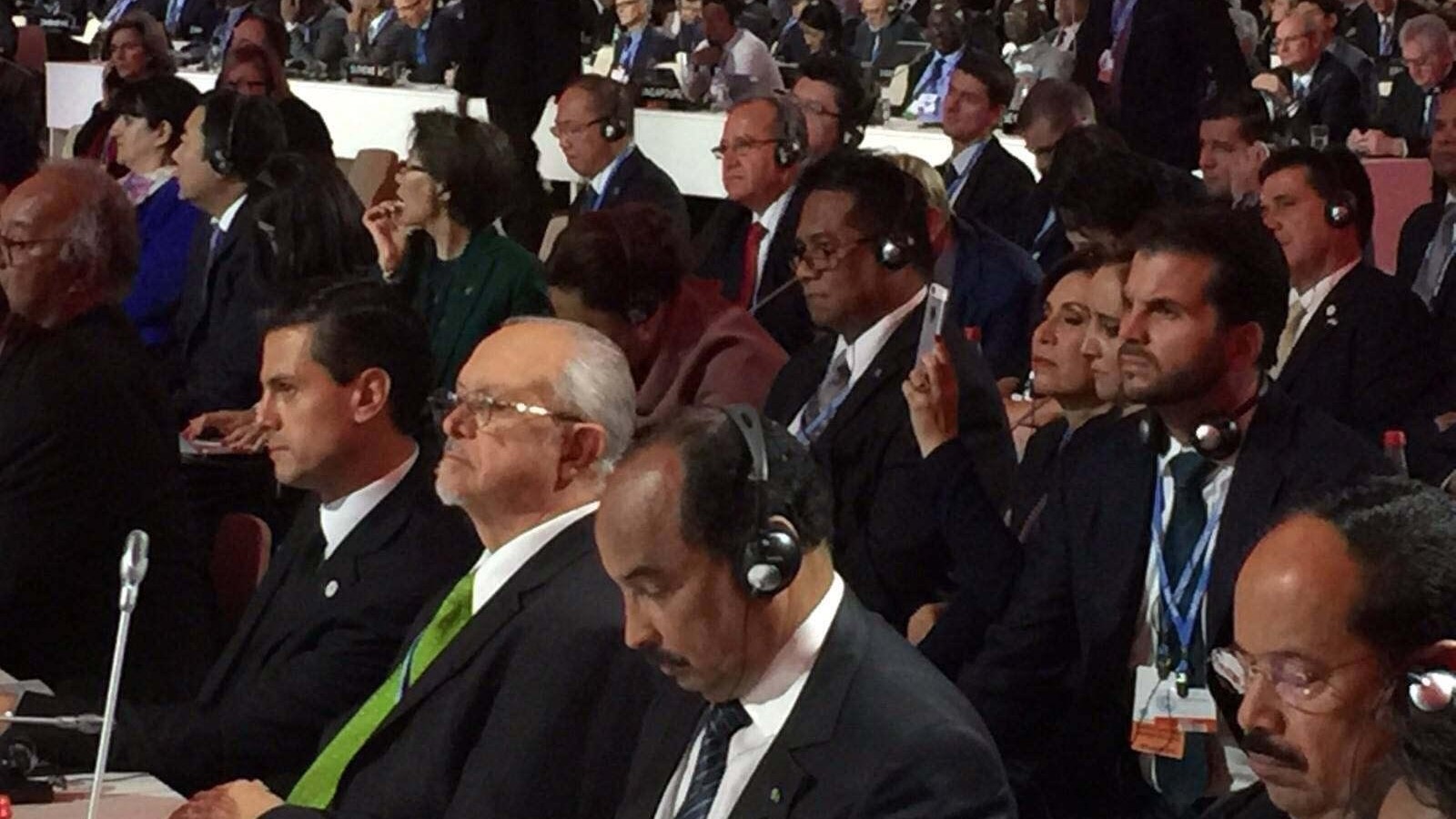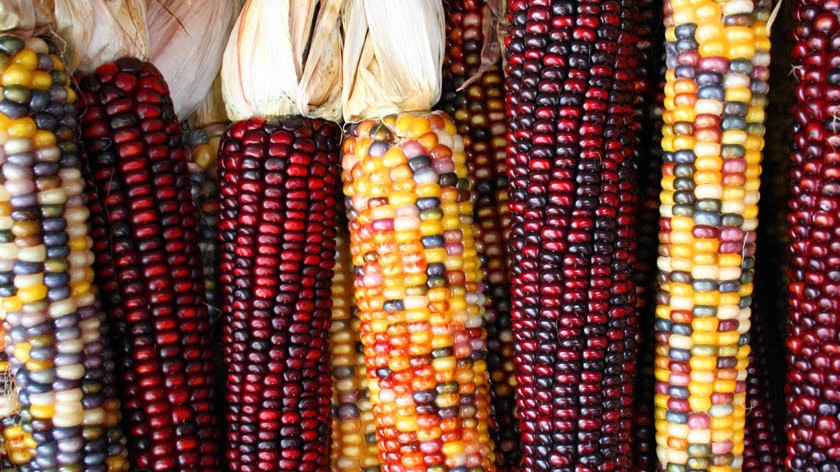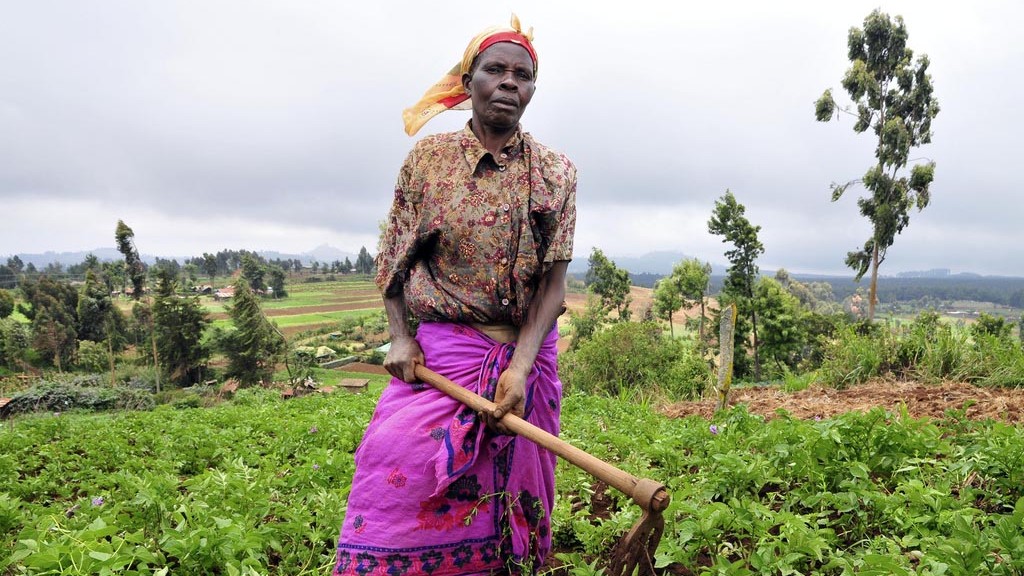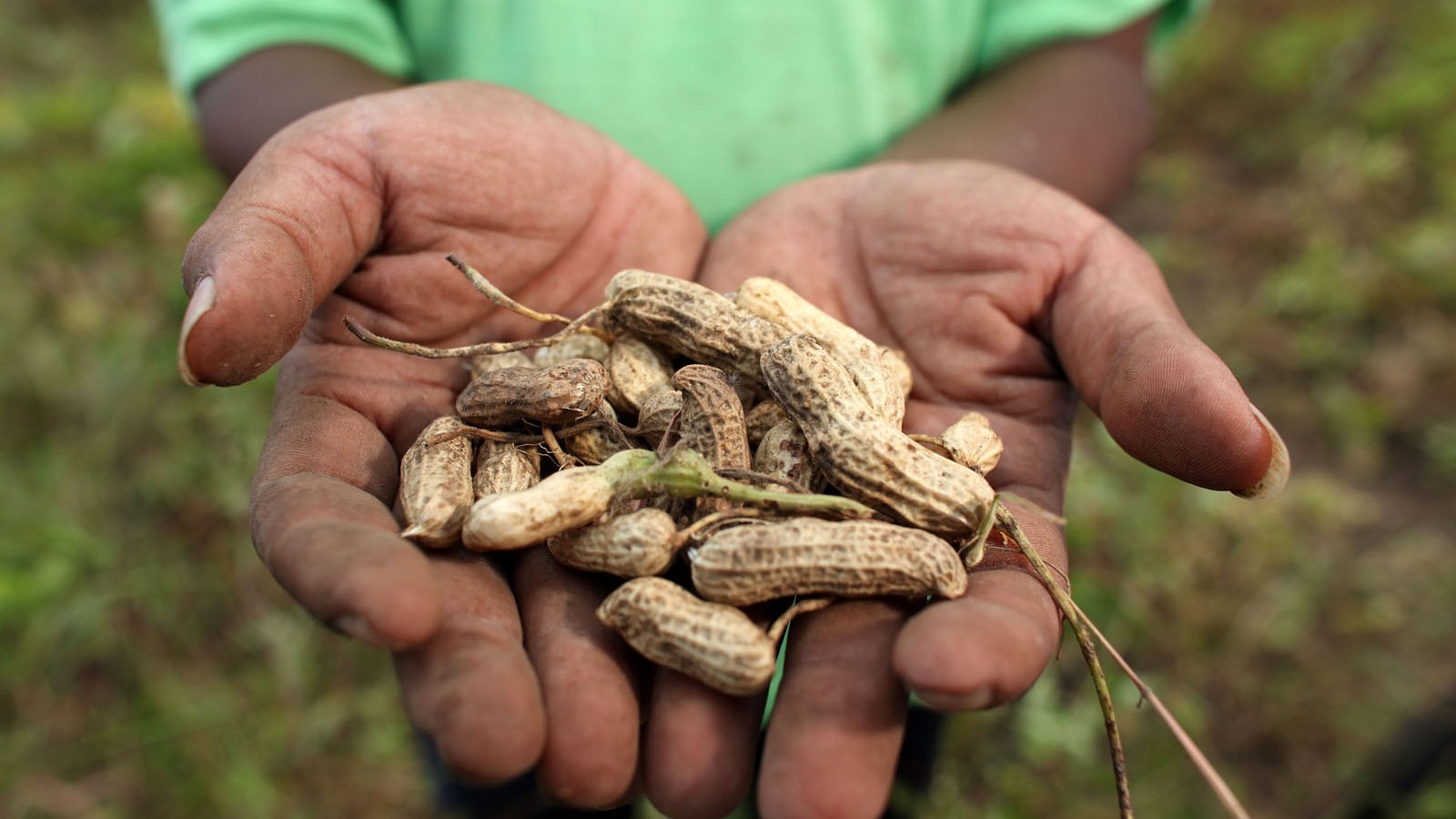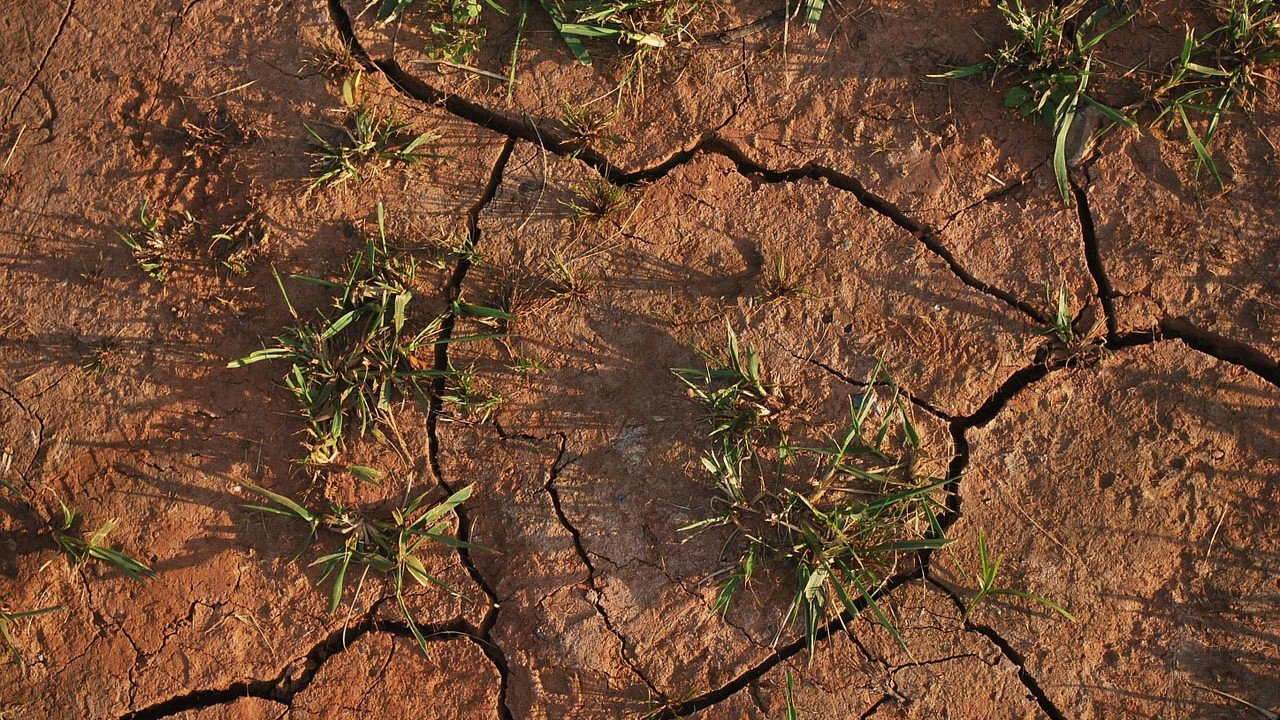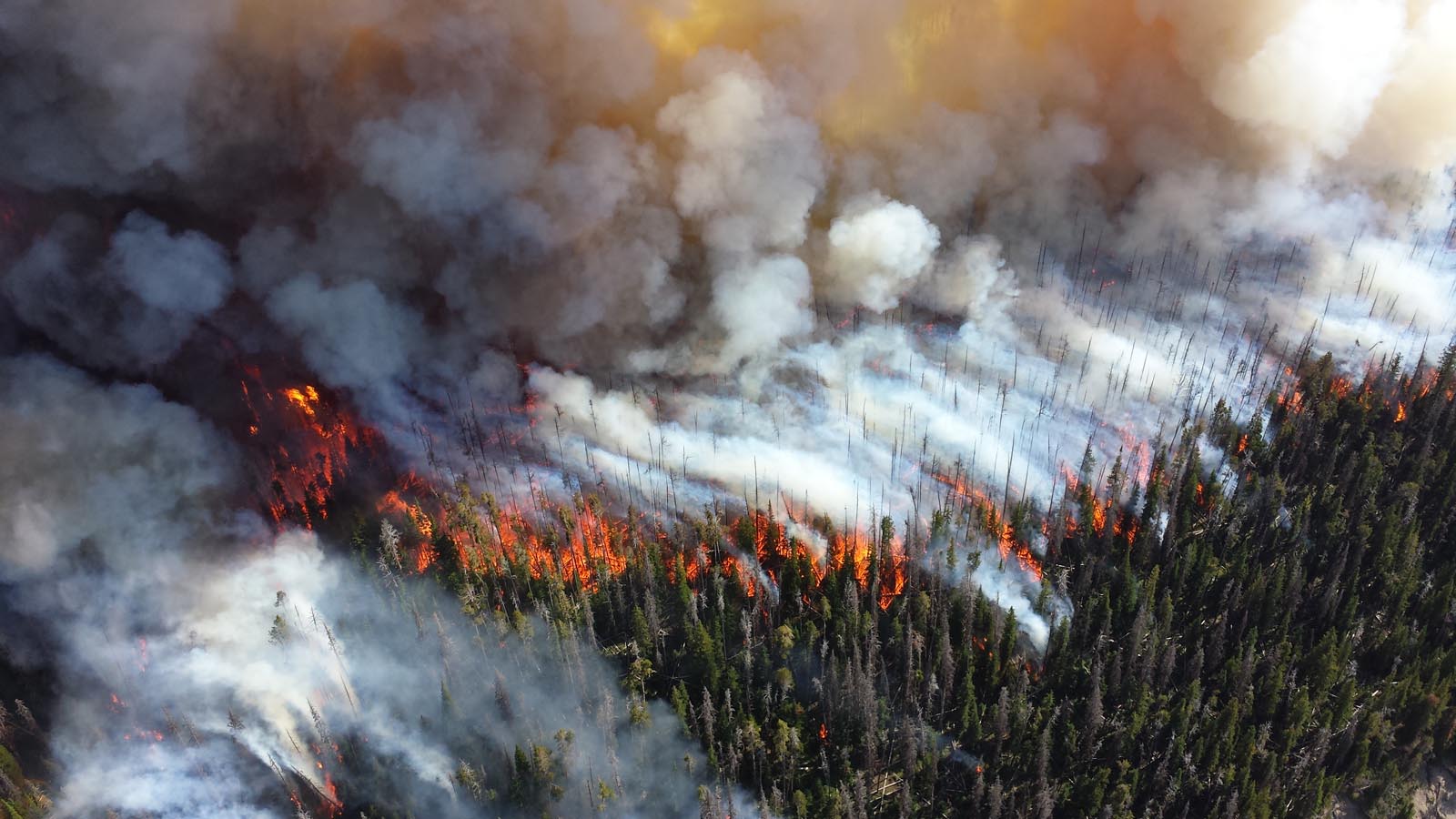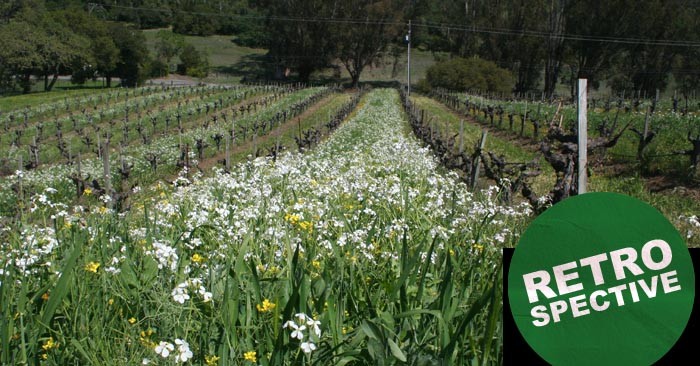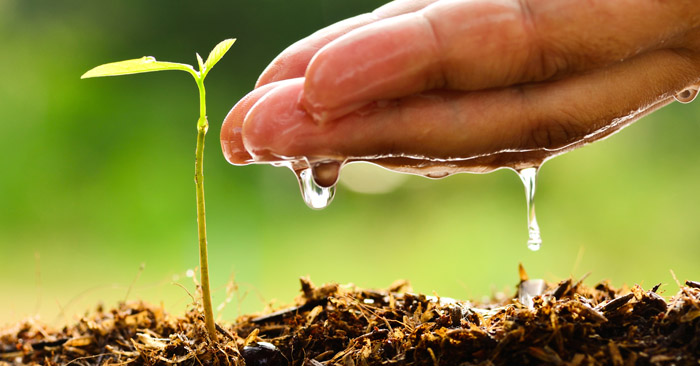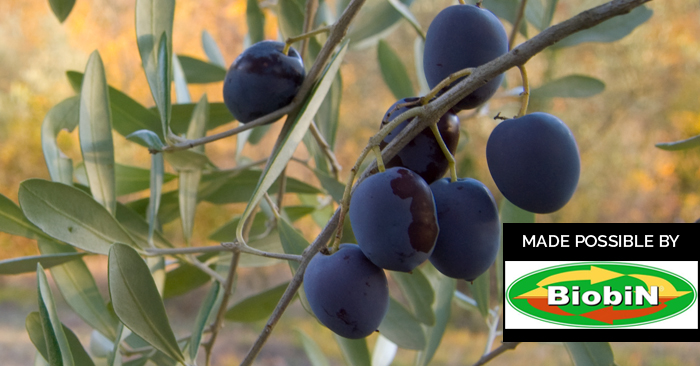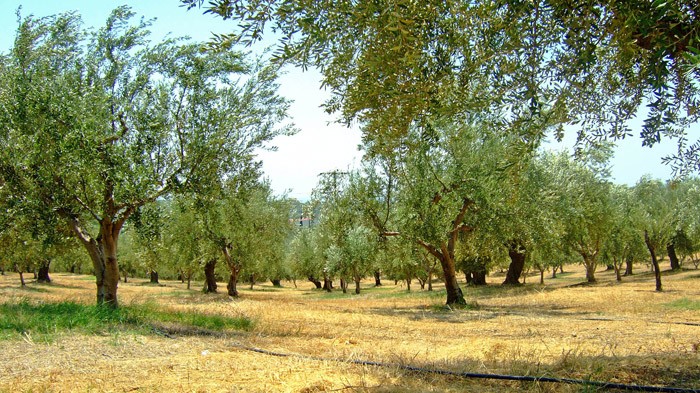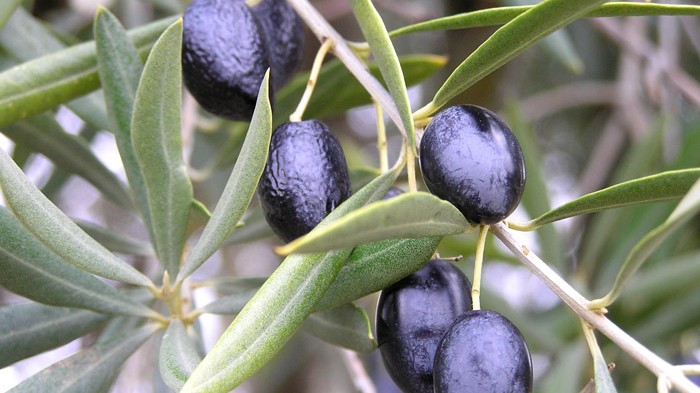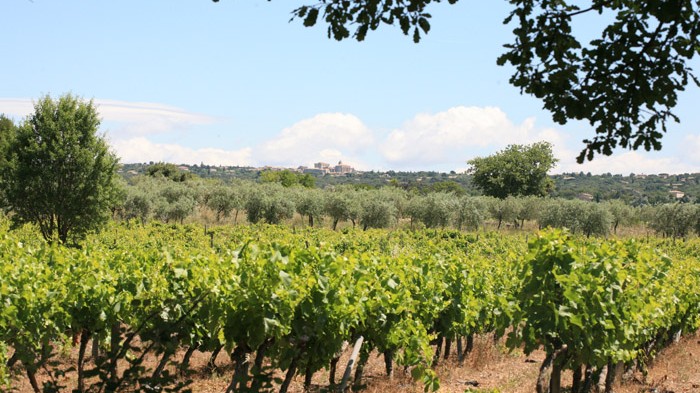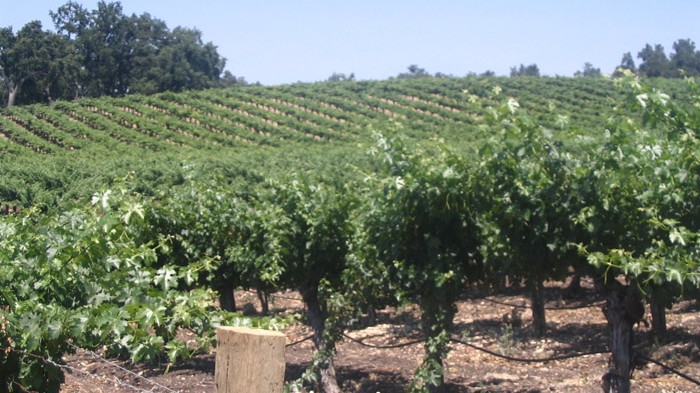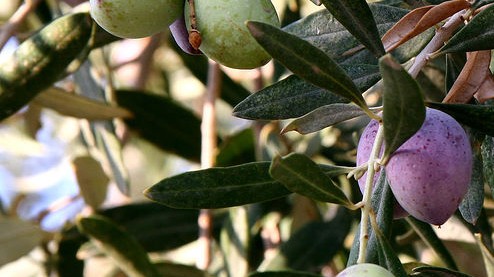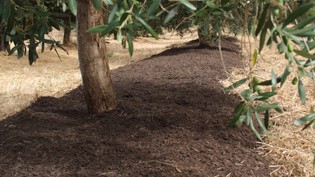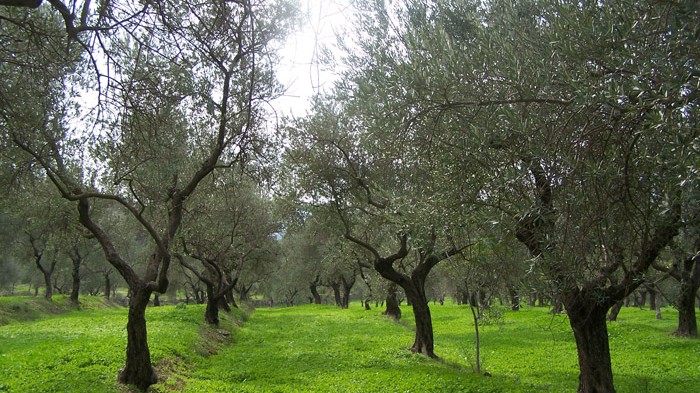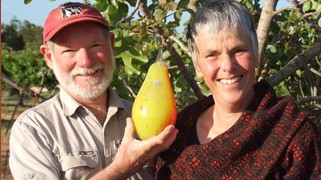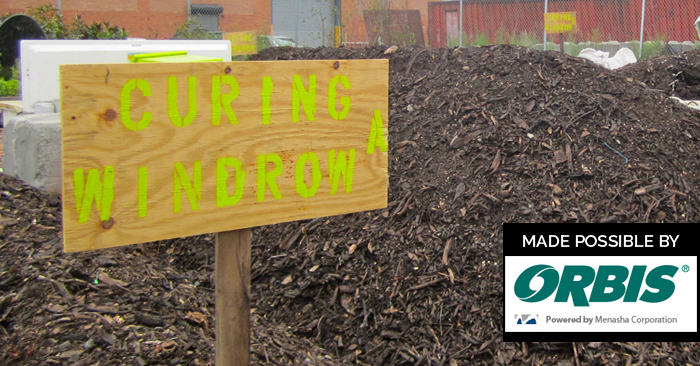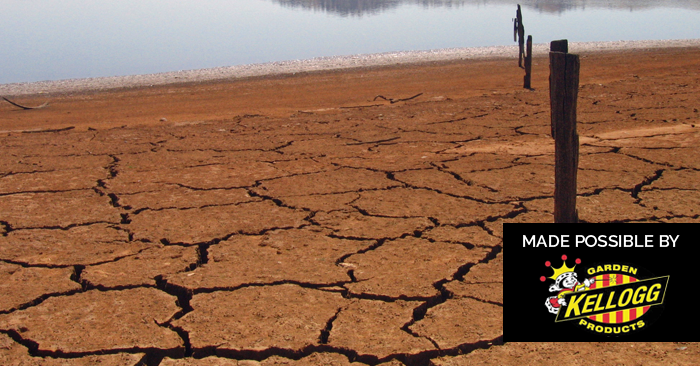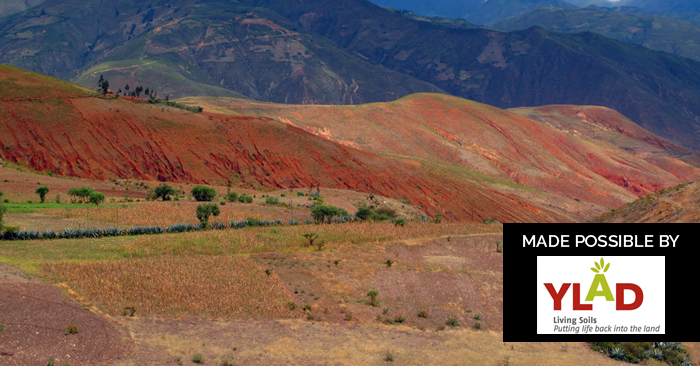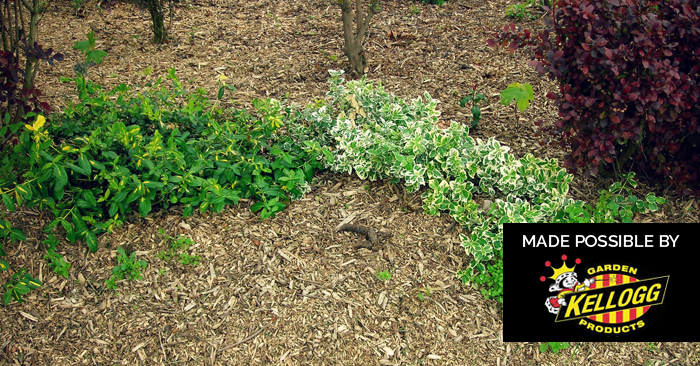
This episode corresponds to Lesson 1 of our online course.
In this fourteenth episode, we’re speaking to agronomist and soil culture expert Bob Shaffer, and soil scientist and professor at UC Berkeley, Stephen Andrews about drought-proofing your farm or garden using mulch. The experts discuss best practices for choosing and applying mulch for water retention, the most suitable irrigation systems, the cost factor in drought-proof and area, and much more.
Thank you to Kellogg Garden products for making this episode possible.
Whether you’re starting a garden from scratch, sprucing up your planting beds, or mulching your favorite fruit tree…we have a natural and organic premium garden soil, potting soil, mulch, or fertilizer to help your project reach its best potential. Kellogg Garden products have been dedicated to meeting the needs of gardeners for over 85 years, and we continue to provide products you can trust! Visit our website here.
(more…)
EM: Hi Bob and Stephen, thanks for coming on the show. Now to start us off, I think it’s important that we distinguish between compost and mulch – for those out there that might not know the difference exactly. Stephen – can you please tell me what that difference is?
SA: Mulch is defined as a ground cover, so anything that’s covering the surface of the soil. And we don’t think of mulch as something that we actually incorporate into the soil, which we do with compost, so it’s important to recognise that compost is a soil amendment, and that mulch is a ground cover.
EM: Right, okay, so that’s the difference between compost and mulch – but is it true that you can also use compost as a kind of mulch as well?
SA: Yes, compost can be a form of mulch; it can be used as a ground cover. But often, and my recommendation would be (at least from the home gardener perspective), that you use compost and mulch together as a unit – as part of a system of protecting the soil. And that you would apply compost first, and then, to protect the properties of that compost, the living biology of that compost, you would want to apply mulch on top of that. And that would insulate the compost so it’s able to do its best work in contact with the soil.
EM: Mh hm
BS: Yes, very well put. And let me just say that, although I agree entirely that mulches and composts are different, however: mulches from woody materials or grassy materials, do become broken down in particle size, come in intimate contact with the sand, silt and the clay in soil, and become humus and/or soil organic matter over a longer period of time. So mulches, actually, are very effective at increasing the soil organic matter, or what can be called also the humus content of soils, even though they break down very slowly.
EM: Right so it acts a bit like a compost as well. And Bob, a lot of farmers in California are getting ready for the summer and are thinking of ways to combat the drought. Can you tell me what the key considerations would be when choosing a mulch to protect against drought – what should farmers know when choosing a mulch?
BS: Well, with drought in mind, or with wanting to have more water infiltrate into the soil – be held in the soil; one of the things that I do on farms is raise cover crops.
EM: Right – and just to jump in there – I just want to clarify for those who don’t know: a cover crop is a type of plant grown to suppress weeds, help build and improve soil, and control diseases and pests. They’re also sometimes called “green manure” and “living mulches.”
BS: Yes, and often times cover crops aren’t looked at as a form of mulch, or a source of mulch, but for me on farms, especially on larger acreages, it really is the practical and economical way to get mulch. Now, I’ll say this: with cover crops, I can choose the species that I want, I can plant them; and then manage the residues above ground, the green tissue, to where it’s a little older, and where it has a little more lignin. And then, when I mow this material and lay it on the soil surface, it has a longer half-life because it’s been lignified; and then, maybe most importantly, sort of secretly or quietly going on, is the decomposition of the roots.
So, the roots add to the humus level, the development in soil, the mulch laying on top and slowly breaking down…and between those two – both the roots decomposing and the mulch on top – we get a significant development of structure, water holding, water infiltration, and healthier roots to reach out to the water and utilise the water – by simply using a cover crop technique.
EM: Interesting, so cover crops are definitely a possibility. And perhaps you can list a few other mulches that are ideal for water retention on farms? Will your choice depend on the type of soil you’re working with, or?
BS: Well, it somewhat depends on the soil. I mean, certainly when we have a sandy soil, or light textured soil, mulches are even more desirable. However, mulches apply to all soils. Now, as far as accessing enough material on a farm situation, where we’re talking about maybe…even small acreages; it takes a lot of mulch to cover that three or four inches deep. Sometimes a farm will have access to larger amounts of woodchip, or some type of material that’s appropriate for mulches, but typically I grow the mulch onsite.
EM: Okay, and is it only water retention that matters when it comes to mulching to fight drought – or are there any other considerations?
BS: Well, to me, again, if I can get more humus developed in soil – and that humus has the ability to hold a very, very large percentage of water…and recalling also that once the water is absorbed by humus, it’s released back to the plant much more easily than the water that is held by clay in the soil. So, my drive on farms for a number of reasons – including water retention and water infiltration into the ground, and then water retention…and released to the plant – is to increase the humus levels in soils.
EM: Amazing. So, yeah, there’s a lot of talk about the importance of humus going on now. And Stephen, let’s talk about gardens now. What would you say is important for gardeners to keep in mind when choosing a mulch?
SA: Yeah, where cover crops are an excellent application for farming in the residential and landscape setting, that’s probably not as practical because people would look at it as kind of weedy, or that sort of thing. So, using an organic form of mulch, such as recycled wood material, for example, or straw, cardboard, newspaper…these are all forms of mulch material that can be used in a residential setting. And I particularly prefer the sheet mulching technique, which is not only good for maintaining moisture within the soil, but also it’s great for weed prevention; it’s great for keeping the temperature moderated within the soil, and also it aids in the decomposition process to increase that soil organic matter content, which is so important. A one percent increase in soil organic matter content quadruples the water holding capacity of the soil.
So, sheet mulching is a very effective technique, and it’s kind of like making lasagne. You’d apply a one to two inch layer of compost, lay down some newspaper, straw or cardboard in a double overlapping layer; apply another couple of inches of compost on top of that, and then at least three inches of recycled wood mulch to protect that whole lasagne package that you’d created. And you can actually plant directly into that.
EM: Mh hm, okay…
SA: Now, three inches of mulch is particularly important, because we really want to maintain that moisture content within the compost, and the decomposing cardboard or straw, or whatever it is. A lot of people don’t recognise it, but mulch itself – while it acts like a great sponge, and can hold a tremendous volume of water – it also can lose a lot of water to evapotranspiration.
EM: That’s actually an important point I wanted to bring up. For those of you who don’t know, evapotranspiration is when something, in this case mulch, loses water through transpiration and evaporation. So, how should you combat this?
SA: So, knowing what size material to use is very important, and there was a very good study done by the University of California Cooperative Extension several years ago that looked this. And it was actually found that yard waste – or what we call green waste – mulch is a very good source for home gardeners. It holds a tremendous amount of water, and it does a very good job at slowly decomposing and adding organic matter, or humus Bob was mentioning, back to the soil.
So, sheet mulching and using something like green waste, or yard waste, is a very good way to go…or recycled woodchips. And those woodchips should be somewhere between the two and three inch size range, in order to optimise the moisture holding capacity, and also the…we need at least three inches.
EM: Right, so three is the key. Is it the same for farms, Bob?
BS: Yeah, more or less. Three or four inches have been shown through many trials to be an effective layer for mulch.
EM: Great, and I’d like to talk a little bit and talk about that study you mentioned, Stephen. We know from that study that some mulches, such as yard waste applied 3 inches thick, can hold up to 2.51 inches per foot of water – which is pretty substantial. And it warned that sometimes mulches can soak up the rainwater and sprinkler water and it lose that water before it gets a chance to reach the soil underneath. What were the reasons for this happening – I presume it has to do with the amount of mulch applied?
SA: Well, that’s…yeah. It had to do with the size of mulch, the kind of mulch…yeah, it was kind of a complicated set of things, but the size and type were the two key variables there that were related to the moisture loss.
EM: Mh-hm.
BS: Yes, this is actually an important topic, because either on the smaller level – or on the larger level – mulches can interfere with light rains or light irrigations. I’ve put mulch on macadamia and on avocado trees, and a lot of times, in a dry farm system where they get light rains and the trees have trained their roots up into the upper layers of soil, when we go in and mulch rapidly – come in and just put three or four inches of mulch down – it seriously can set back the vigour of these trees, because they don’t get those light rains anymore.
Now, over a longer period of time, the system will balance out, the tree size will change, and the root structures will change and the mulch will become effective. So, one of the things that I do if I’m going to go to mulch is, I’m going to question…mulch a new area…I’m going to question what is my irrigation capacity, if any? What is my rainfall pattern? And try to keep from stressing the crop by providing more irrigation to the crop if I need to in the interim period while there is transition and adjustment to the new mulches.
EM: Okay, but I presume that adding extra moisture would be tough to do during the drought, no?
BS: Ah, it’s all doable. It’s all doable. And once again, in some instances, and in particular on some farms, taking a transition instead of a sudden change, tow, three inches of mulch, may be a good idea – depending on the circumstances.
EM: Right. So, what type of irrigation would be best suited for this type of situation, then?
SA: What I think people should be thinking about is drip irrigation and going with some form of sub-surface, rather than having a sprinkler type of system. And that’s the kind of irrigation that they were looking at in that study that looked at loss of moisture from mulch. So, I think folks should be looking at drip – so that the drip is actually below the mulch level and it’s making contact directly with the soil; that folks are making sure that they are monitoring their drip system and they’re adjusting it as the plant material grows; that they’re adjusting the flow rates based on the size and the developmental stage of the plant material; and, to the greatest extent possible, that they get that moisture into the soil versus getting it into the air through a sprinkler, where a lot of it is being lost.
EM: Alright, excellent, so a drip irrigation system is definitely the right choice, especially for drought. But going back to the mulch itself now: is there any types of mulch you would advise against using?
SA: Well, here in California, with drought we’re also concerned about fire. And it is possible for mulches to be quite flammable. Things like gorilla hair, for example, would not be a recommended form of mulch to use. I prefer recycled woodchip material that’s come from pallets or from construction projects, where the wood is clean, and then it’s been shredded up. Bark chips, for example, redwood bark chips would not be preferred – they tend to be easily floated away…. There was just a recent fire in Massachusetts, actually, at a wedding reception where someone threw away a cigarette into the mulch and it actually ignited and caught the vinyl siding of a building.
So, there are these situations where that happens, and there was, when we think about mulch in a residential setting, and in California where we have urban wild land fire, selecting the right kind of mulch, and how close it’s being used to a building, is important to keep in mind.
EM: Right…
BS: Also, I would say that with mulches, I’ve seen red cedar, or other highly aromatic type woods, if used fresh as chip around shallow rooted plants – I’ve seen them damage shallow rooted plants if it is a very aromatic type of mulch material. Also, I guess I would be cautious about mulches that came from plants that were chopped or chipped off of likely contaminated soils – this would be around some highways, or just some situations where a lot of herbicide or pesticide is used, and then we don’t like to take the mulch chopped from that area.
SA: Yeah, I would whole-heartedly agree with that. You need to know the source of the mulch. You need to know your mulch provider. And you should never be afraid to ask questions about what went into the mulch, the mulching process, whether it was treated with any kind of material. And this is particularly true in a residential setting if you’re using coloured mulches – you want to know what the provider used as the colouring agent.
EM: Okay, great. Brilliant tips, very useful to know. And let’s focus now on the strategy: would there be certain areas to priorities over others, or certain plants to protect first? Bob, say, in farms?
BS: Well, I would say that mulches are probably most appropriate where there is projected to be a lot of water loss from the soil, either because of low soil organic matter levels, or a lighter textured soil, or a certain drainage or exposure. Always when we’re talking about using onsite grown mulch, if that’s in conjunction with an actively growing crop, we want to make sure that we’ve picked the cover crop that we’re going to chop over to mulch carefully, as we don’t want the cover crop competing with the crop.
In terms of where we would apply mulches first, like I say, I think on lighter textured soils, on exposures where it’s particularly hot, or on slopes where we’re subject to losing soil – soil erosion, sheeting off the surface…so mulches are very effective at lowering the potential for erosion.
EM: Great, and Stephen, do you want answer from a gardens and landscaping point of view?
SA: If you want to take a strategic approach, I would look for those areas that are most weed-infested, or the areas that you’ve got little planting in at the moment, and focus on starting the mulch those first, and then being able to move in with California native plants or drought tolerant plants into those areas; making sure that you’ve got the appropriate amount of mulch, that three inches that’s going to help to keep the weeds under control and keep that moisture in the ground. And it is very effective on any kind of a slop situation for controlling erosion.
So, my strategic approach would be: think sheet mulching; think about it applying to the areas that you’re not heavily landscaped, or underutilising, or that you’re going to transition with plant material; then go to using plant material that is drought tolerant – particularly using California native plants, or wherever you are, the native plants that are particular to your watershed. And that would be the approach I would recommend.
EM: And, how much, or how often, should you mulch, and would it be good to blend the mulches, or?
SA: Well, from the residential perspective, really you don’t have to change the mulch up all that much. Once you apply it, if it’s particularly within that two-and-a-half to three-inch size range, that’s going to slowly decompose over time. If you’re wanting to freshen up the colour of it, or over time it’s going to oxidise in the sun and you want to be able to brighten that up, you can do a little top-dressing of an additional inch or so a year – that’s about what will get processed over the course of a year.
If you’re going to be adding compost as part of that process, you need to peel the mulch back, apply the compost, and then return the mulch back on top of that. It’s very important that home gardeners remember not to incorporate mulch directly into the soil; that compost is what we want to be incorporating into the soil, or leaving on the soil surface. But, woodchips – those kinds of things – should not be incorporated directly into the soil, so that we don’t cause a nitrogen drag situation.
BS: Well yes, those are great points, and I think the incorporation of mulch into the soil is a problem often times that I run into, either on farms or in gardens. One way or another, people can think that it’s better off to incorporate these materials, and they’re too woody. And, as Stephen pointed out, we can start to tie up nitrogen by incorporating too much woody, high carbon stuff too quickly.
EM: That’s an interesting point about the nitrogen – that it could possibly get tied up. Would you recommend replacing the nitrogen in the soil in that case, via fertilizers, say?
SA: Well, from a residential perspective, during drought conditions you never want to fertilise. Fertiliser stimulates new growth. New growth requires additional water, and in a drought condition when we don’t have that available water, that’s going to put the plants under tremendous stress, which will then invite pests…and so we just create this downward kind of spiral within the garden.
So, I would let the compost feed the soil, not the plants. Focus on making sure that the biology in the soil is getting what it needs. It is perfectly capable of moving all the nutrients around, the water around, and making sure the plants get what they need. And as part of that, I recommend that folks have their soil tested to know what they actually have in the ground. The idea of applying fertilisers every two weeks is great marketing, it’s great brainwashing, but it’s not good soil biology – good soil ecology. So, test your soil, know what you already have, and then don’t be fertilising during a drought: be applying compost and let the soil biology do the work of sustaining your plants through the drought conditions.
EM: Right.
BA: Those are great points and good comments. Now, plants, of course, to be most protected, they have their own mechanisms against – protecting against – water loss, and protecting against drought stress. Plants need to have, particularly, potassium and zinc, in addition to all the rest of the essential minerals. But potassium and zinc have a lot to do with how the plant circulates its fluids, and how it protects itself against drought stress, and so….
Yes, testing the soil, but also testing plant tissues is something we do where there’s crops in particular, because we’re raising crops for food, so we’re very interested in making sure that the crops have good access to minerals. Not over-fertilising is important, and by testing the soil, and then also testing the plant, we can determine what is missing, what is going to be provided by compost…. And, for example, compost will increase the K level – the potassium levels – and the phosphate levels; typically compost does not increase, or mulches do not increase the calcium levels in plants. And again, the calcium, along with boron and copper, help to make the plant harder and more resistant to pests, and also have a healthier root system that can be larger and healthier and pick up more water in the soil.
So, certainly anytime that we’re talking about farm, or garden, we want to make sure that we’re asking our questions sort of through the filter of all three primary cultural practices, which is: organic matter management – that includes compost, cover crops and mulches; mineral management, or what I would call, more accurately, mineral balancing in soil; and then also, tillage management. We look at the whole soil ecology, and ask ourselves: what will the compost and mulches provide? What is my soil sample, my tissue sample, showing? And what minerals might I need to replace to increase the plant’s ability to resist drought, and to make the root system so that it’s particularly large and healthy, and able to uptake water effectively, and to have microbiology on the roots that increase the plant’s ability to uptake water very strongly?
EM: That’s very interesting, very cool. So people should definitely test their soils first of all.
BS: Definitely.
SA: Absolutely.
EM: And finally, lets talk about the cost-factor: Bob, could you tell me roughly how much it would cost to drought-proof an acre of land, say?
BS: This is a great question. However, we have to know where we start. I work on some soils that have five percent soil organic matter in Northern California; I work on some soils that have one half of one percent. And those two soils could have different textures, meaning the amount of sand, silt and clay. Particularly clay in a soil will cause the soil – a lot of soil – to hold more water. So it’s a hard question to answer arbitrarily. On the average, I would say you’re going to spend, maybe less than one hundred dollars per acre for a cover crop; it’s going to cost me thirty-five dollars an acre to mow that cover crop; it’s going to cost me a little bit for seed – or the seed that was a hundred dollars per acre; there could be a little other costs in there possibly for assundries.
EM: Right okay, so under 100 dollars for the cover crop itself, 35 dollars to mow the cover crop, and possibly a little bit more for assundries – so on average it’s roughly a hundred and thirty dollars per acre to use a cover crop. And Stephen, finally, what’s the rough cost estimate for a home garden?
SA: Yeah, so for the home gardener, it’s generally, I would say, between thirty-nine cents and seventy-nine cents a square foot. Again, it depends on where you’re starting from. And that thirty-nine to seventy-nine cents per square foot is for three inches of a recycled wood mulch being applied. And the largest cost component in that square footage is the transportation cost. So, if you can find a local source of great recycled wood mulch, or yard waste material that can be transported, you know, for very little, then that cost is going to drop significantly. But the largest single component in the cost for the mulch is the actual transportation of it from one place to another.
But three inches is what you’d want to shoot for, and generally speaking in California it’s somewhere between thirty-nine and seventy-nine cents per square foot. Now, if you were to multiply it out for an acre, it looks like an astronomical amount of money, but remember we’re talking about residential garden, home landscape situation, so…thirty-nine to seventy-nine cents is about what it would cost.
EM: Alright, that’s great. And, well, we covered the basics now and unfortunately that’s all we have time for today, so thanks Bob and Stephen for coming on the show.
BS: Certainly
SA: You’re very welcome.
EM: Alright goodbye now!
SA: Bye!
BS: Okay, bye now, take care.
